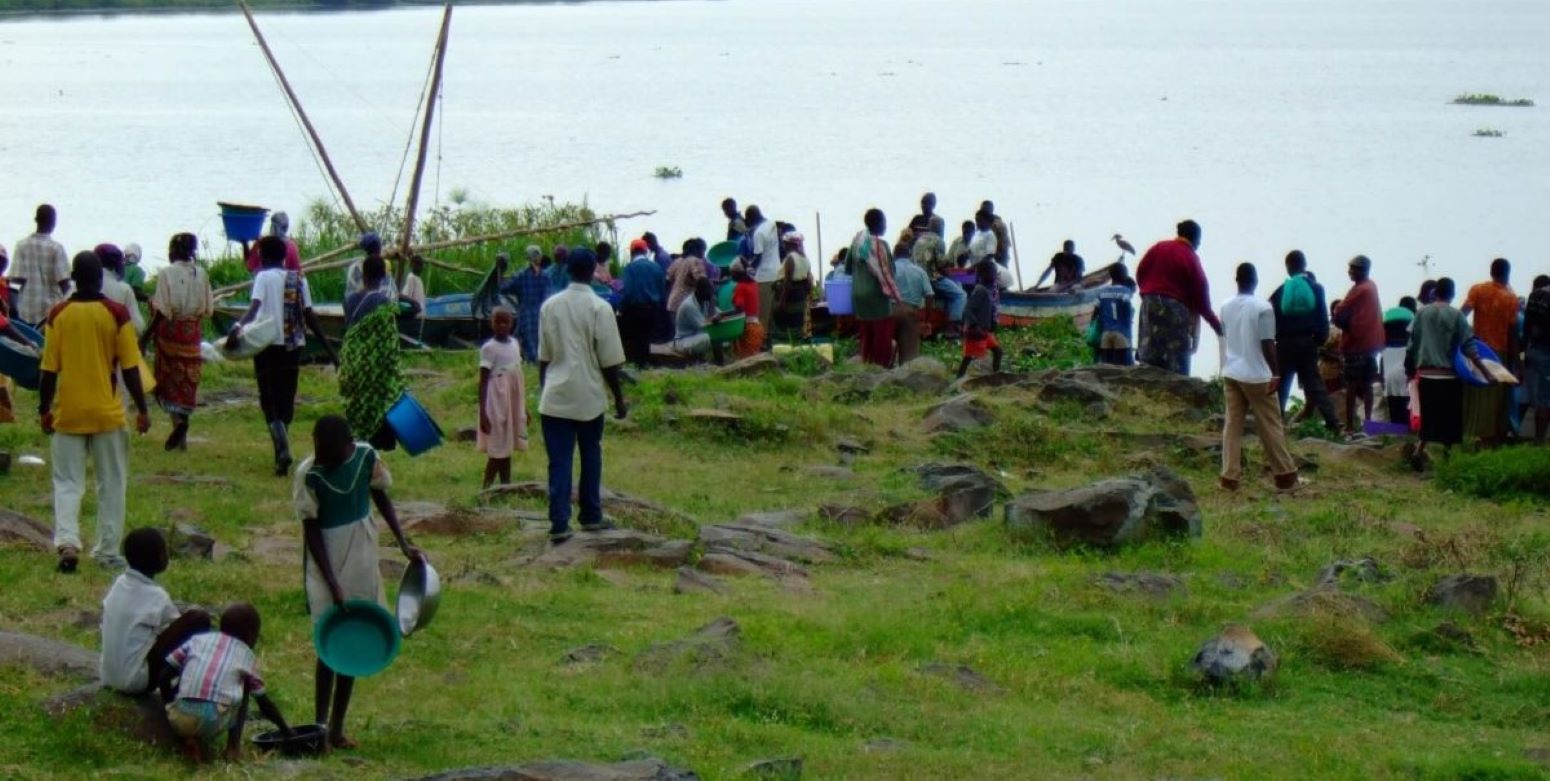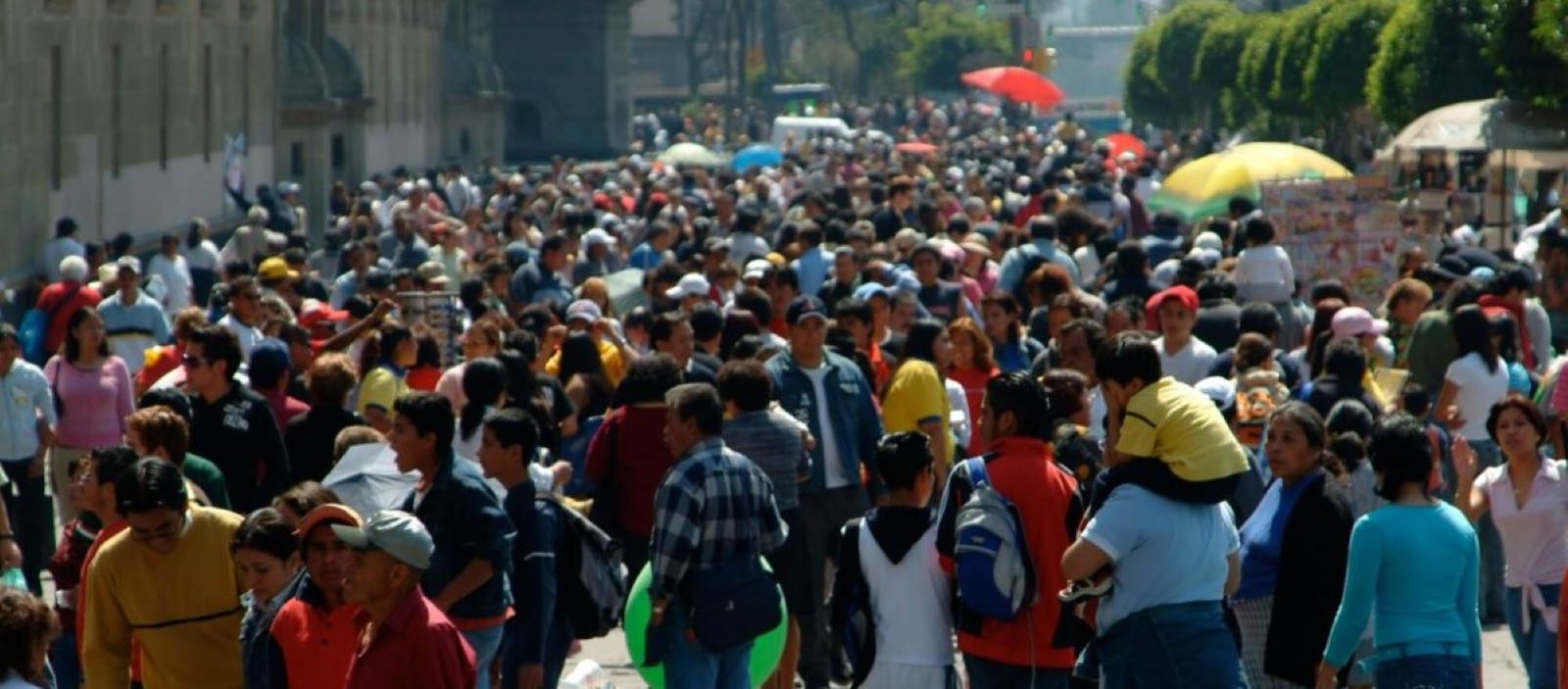General Equilibrium Effects of Cash Transfers in Kenya

Study Context
Unconditional cash transfers are becoming an increasingly popular welfare program, yet research on cash aid thus far has largely focused on how it affects direct recipients. Few studies have examined how cash transfer programs affect the local economy and the broader welfare consequences. This project studies the individual and aggregate impacts of a cash transfer program by the NGO GiveDirectly, the first of its kind.
In 2014, researchers partnered with GiveDirectly to implement a large-scale, two-level randomized controlled trial in Siaya County, western Kenya. Over $10 million was distributed to around 10,500 households as one-time cash transfers.
Study Design
The study works in 653 contiguous villages. Within each village, households were designated as eligible or ineligible for a cash transfer. Eligibility was based on having a grass-thatched roof, which was a simple way of identifying the poorest households in a village.
At the village-level, villages were randomly assigned as treatment or control. In a treatment village, all eligible households received a cash transfer but ineligible households did not. In a control village, neither eligible nor ineligible households received a cash transfer.
Above the village-level, clusters of villages were randomly assigned as high or low saturation. In high saturation clusters, two-thirds of villages were assigned treatment status, whereas in low saturation clusters, only one-third of villages were assigned treatment status. Effectively, more cash was delivered into high saturation clusters, creating variation in how much cash people were exposed to.
Before and after the cash transfers were delivered, the research team conducted surveys of households, enterprises, and market prices. Furthermore, these surveys were conducted with eligible and ineligible households, in treatment and in control villages, across high and low saturation groups. This extensive data collection allowed researchers to trace how the money moved through the economy and to understand if and how cash transfers generate spillover effects.
Results and Policy Lessons
Results found large, positive impacts on households that received transfers – their annual spending rose by 13%, spent mainly on food and durable assets. Recipient households were not spending more on temptation goods, such as alcohol, tobacco, and gambling, nor were they decreasing their labor supply.
Positive effects on spending of a similar magnitude were also documented for non-recipient households, and businesses located where more cash was infused saw large increases in revenue. Prices of goods in local markets throughout the rollout of the intervention experienced a modest 0.1% average price inflation.









